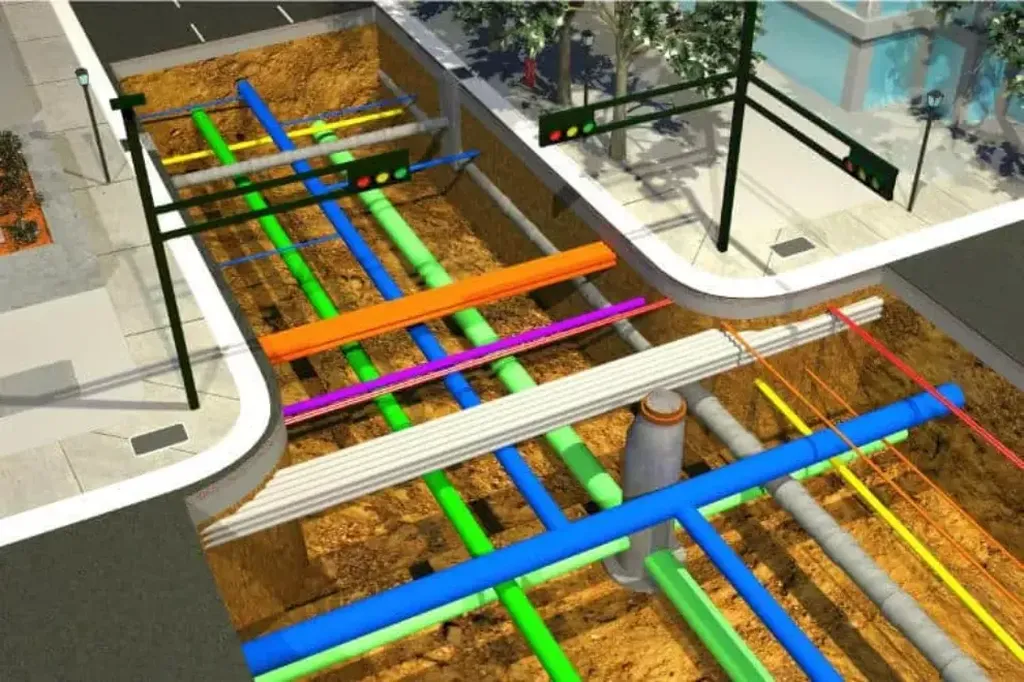In the ever-evolving landscape of underground utility detection, a groundbreaking advancement has emerged from the labs of Central South University in China. Feifei Hou, a researcher at the School of Automation, has spearheaded a study that promises to revolutionize how we pinpoint underground targets using Ground-Penetrating Radar (GPR). The research, published in the journal *Remote Sensing* (which translates to *遥感* in Chinese), introduces a novel deep learning framework that could significantly enhance the accuracy and efficiency of underground target localization, with profound implications for the energy sector.
Ground-Penetrating Radar (GPR) has long been a staple in non-destructive detection techniques, but traditional methods have grappled with challenges such as poor adaptability to multi-scale targets and suboptimal localization accuracy. Enter the Dual Attentive YOLOv11 Keypoint Detector (DAYKD), a lightweight deep learning framework designed to overcome these hurdles. “Our goal was to create a system that not only detects underground targets but does so with unprecedented precision,” Hou explains. The DAYKD framework builds upon the YOLOv11 architecture, incorporating two key innovations: a dual-task learning framework that combines bounding box detection with keypoint regression, and a novel Convolution and Attention Fusion Module (CAFM) paired with a Feature Refinement Network (FRFN) to enhance multi-scale feature representation.
The results are impressive. Extensive ablation studies have shown that DAYKD achieves a precision of 93.7% and an mAP50 of 94.7% in object detection tasks, surpassing the baseline model by about 13% in F1-score. “This level of accuracy is a game-changer,” Hou notes. “It means fewer false positives, more reliable data, and ultimately, safer and more efficient operations in the field.”
For the energy sector, the implications are vast. Accurate underground target localization is crucial for tasks such as pipeline inspection, cable detection, and utility mapping. With DAYKD, energy companies can expect to reduce the risks associated with underground excavations, minimize service disruptions, and optimize resource allocation. “The potential for cost savings and improved safety is enormous,” Hou adds. “This technology could become a standard tool in the industry.”
The research not only highlights the immediate benefits but also paves the way for future developments. As deep learning techniques continue to evolve, the integration of advanced algorithms like DAYKD into existing GPR systems could lead to even more sophisticated and reliable detection methods. “We are just scratching the surface of what’s possible,” Hou reflects. “The future of underground target detection is bright, and we are excited to be at the forefront of this technological revolution.”
In the realm of underground utility detection, the work of Feifei Hou and her team represents a significant leap forward. As the energy sector continues to embrace innovative technologies, the DAYKD framework stands as a testament to the power of deep learning in transforming traditional practices. With its publication in *Remote Sensing*, this research is poised to make a lasting impact, shaping the future of underground target localization and setting new standards for accuracy and efficiency.

